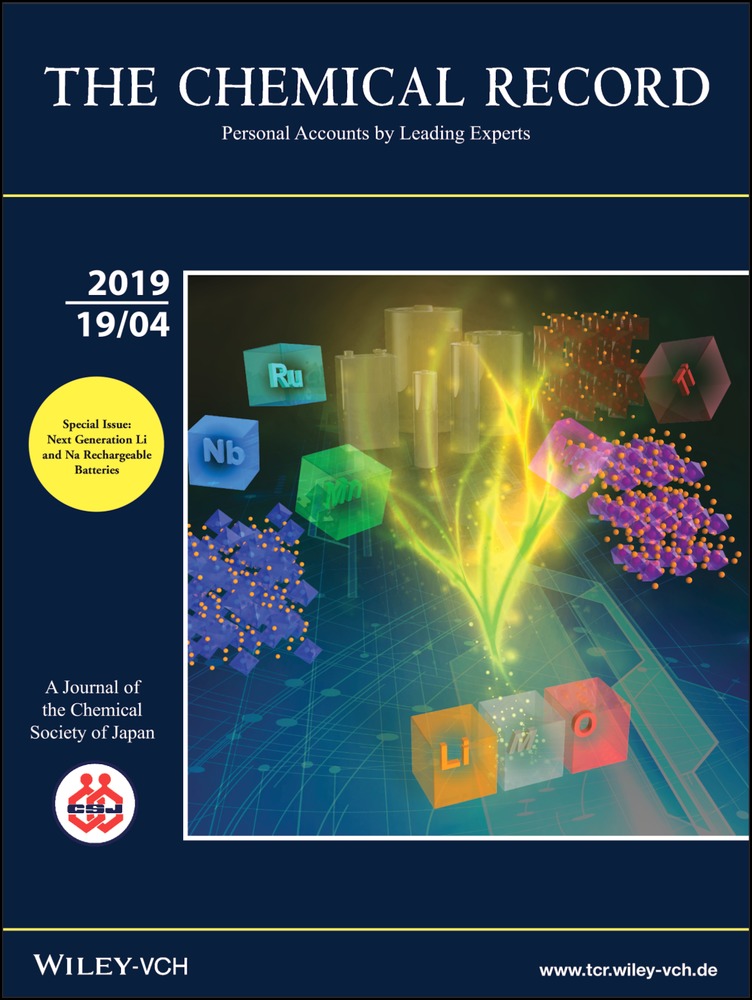First-Principles Study of Na-Ion Battery Performance and Reaction Mechanism of Tin Sulfide as Negative Electrode
Abstract
We study the Na-ion battery characteristics of SnS as a negative electrode by first-principles calculations. From energy analyses, we clarify the discharge reaction process of the Na/SnS half-cell system. We show a phase diagram of Na−Sn−S ternary systems by constructing convex-hull curves, and show a possible reaction route considering intermediate products in discharge reactions. Voltage-capacity curves are calculated based on the Na−SnS reaction path that is obtained from the ternary phase diagram. It is found that the conversion reactions and subsequently the alloying reactions proceed in the SnS electrode, contributing to its high capacity compared with the metallic Sn electrode, in which only the alloying reactions progresses stepwise. To verify the calculated reaction process, x-ray absorption spectra (XAS) are calculated and compared with experimental XAS at S K-edge, showing meaningful XAS changes associated with Na2S and SnS in discharged and charged states, respectively.




